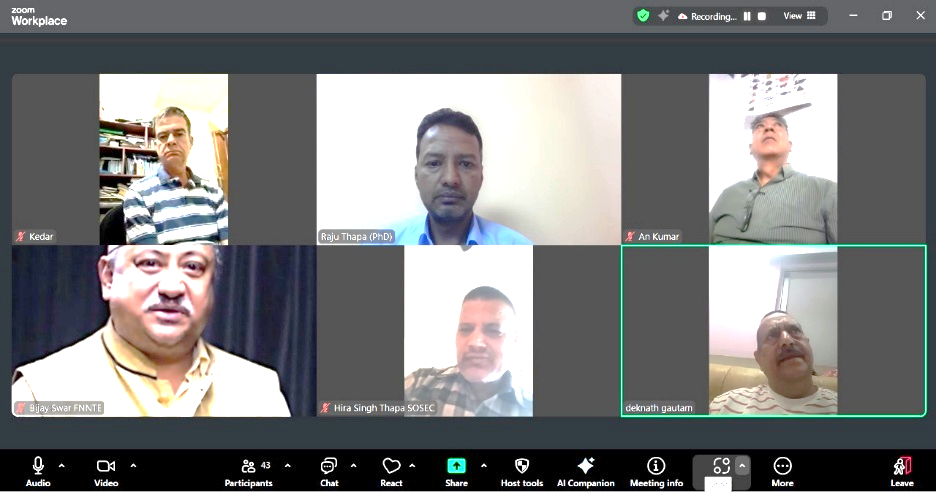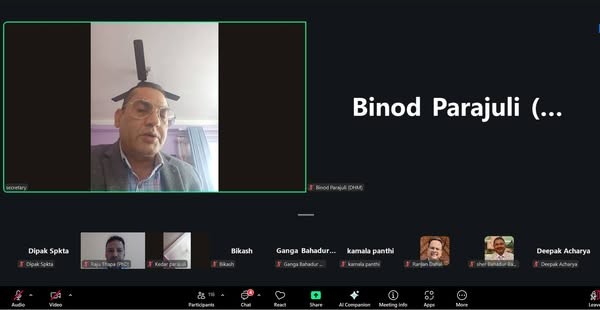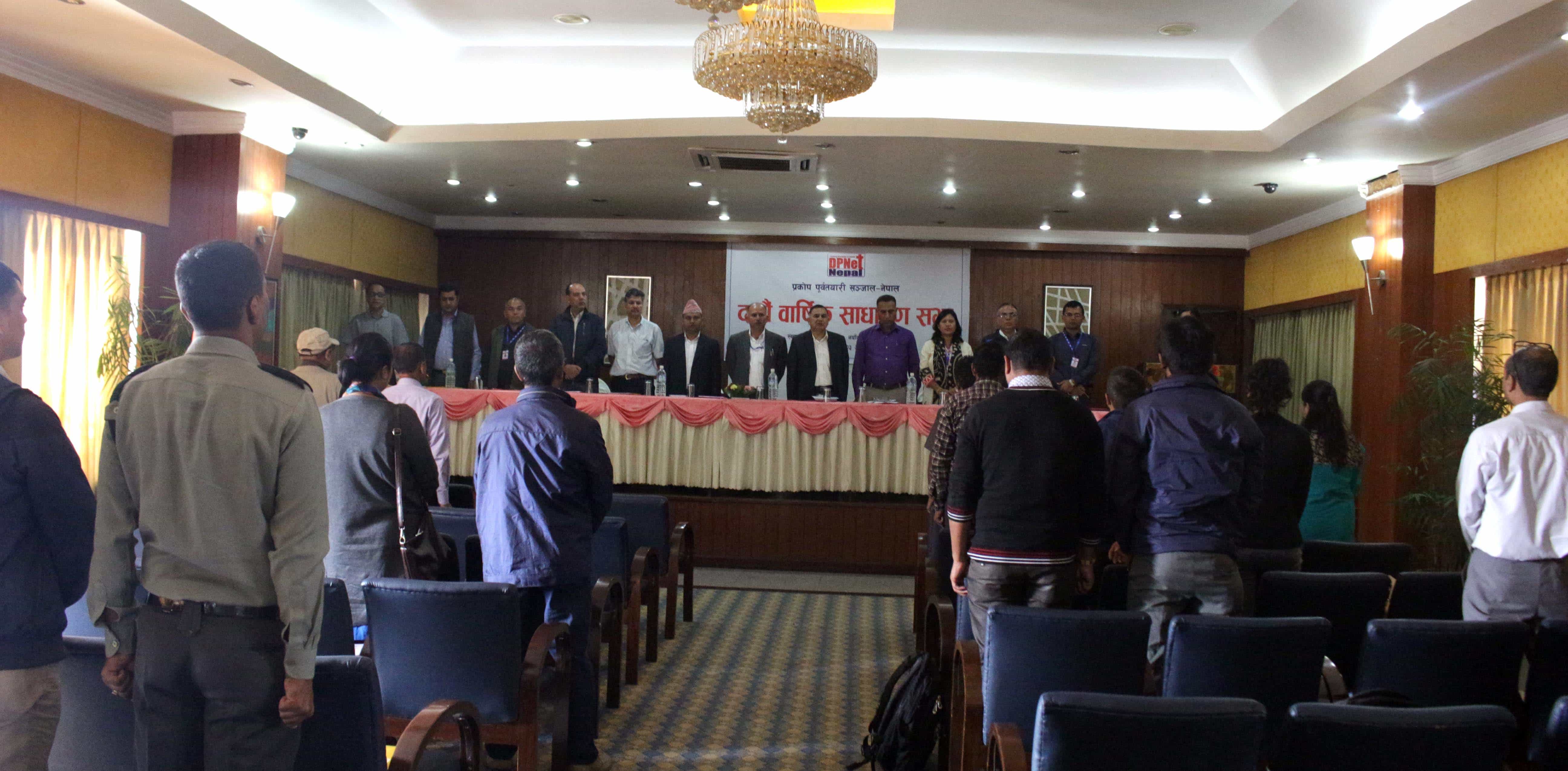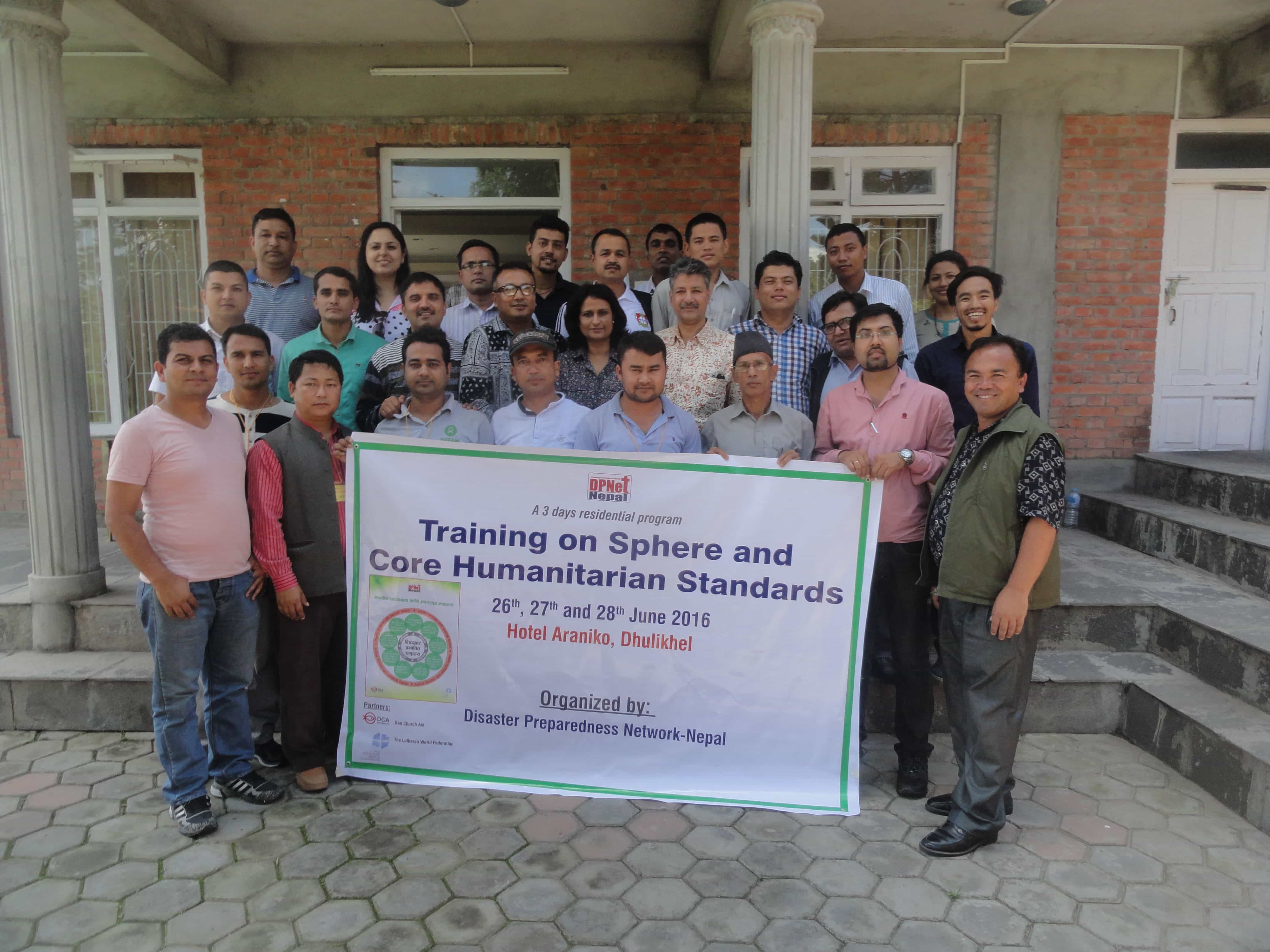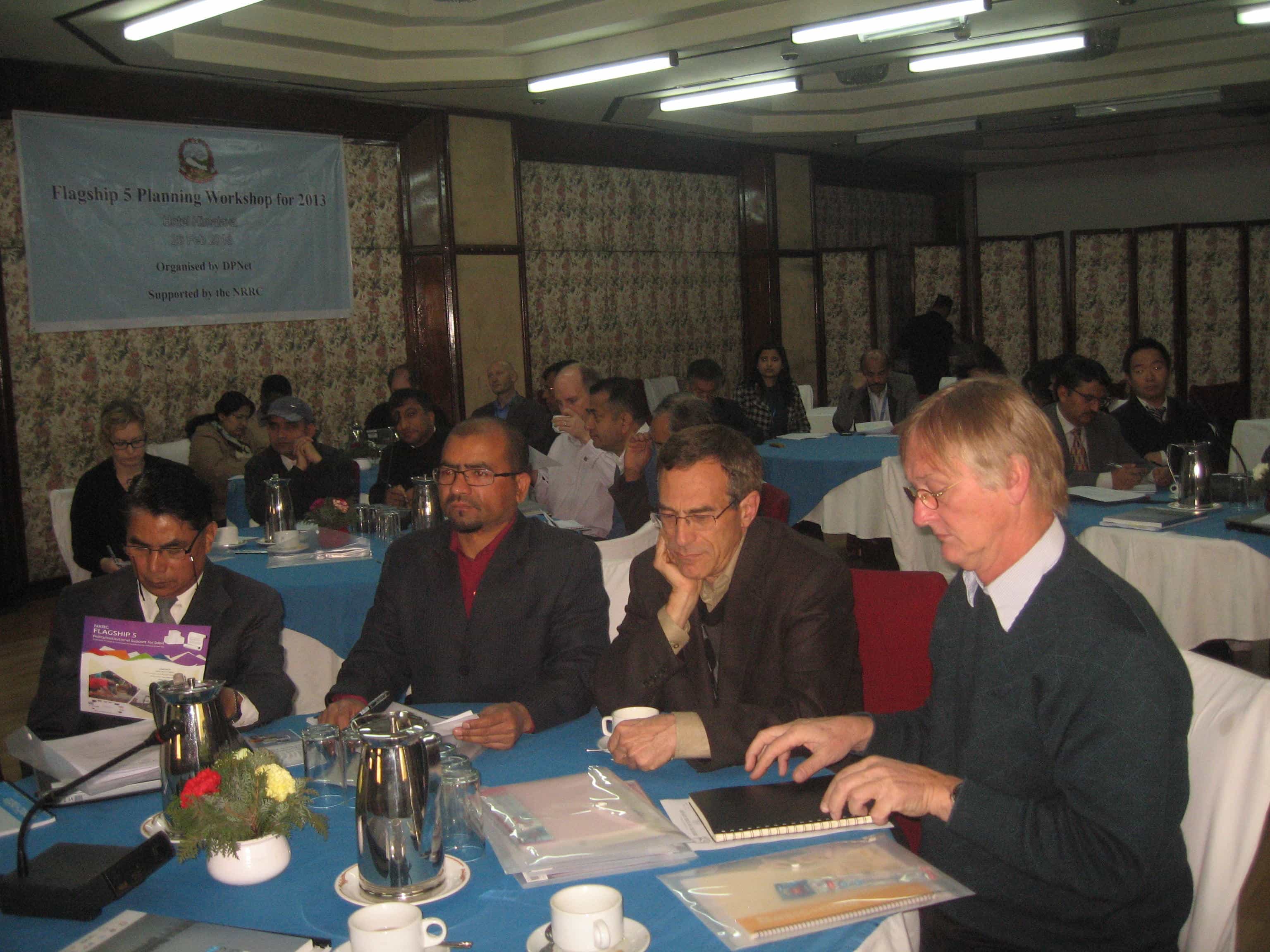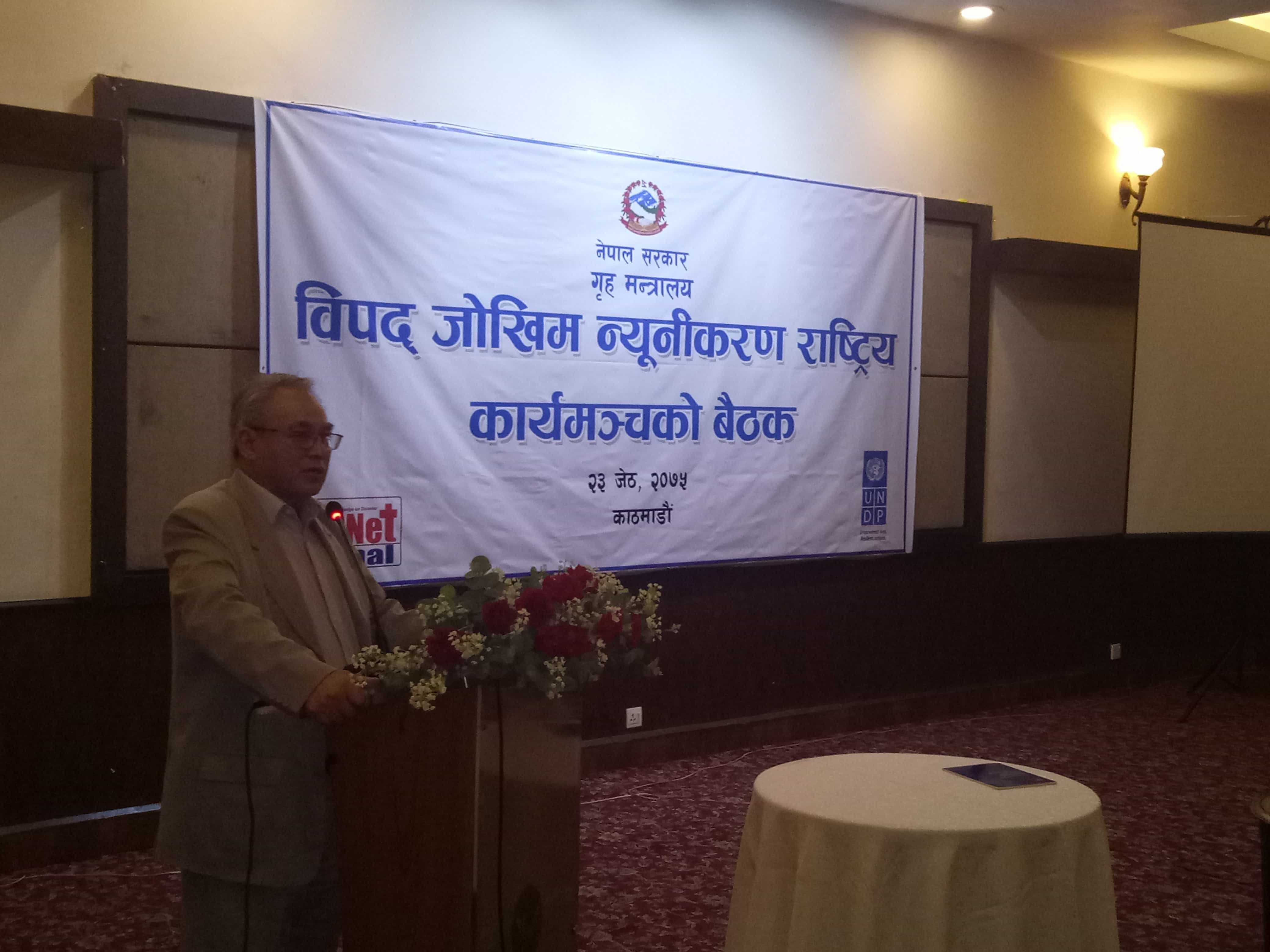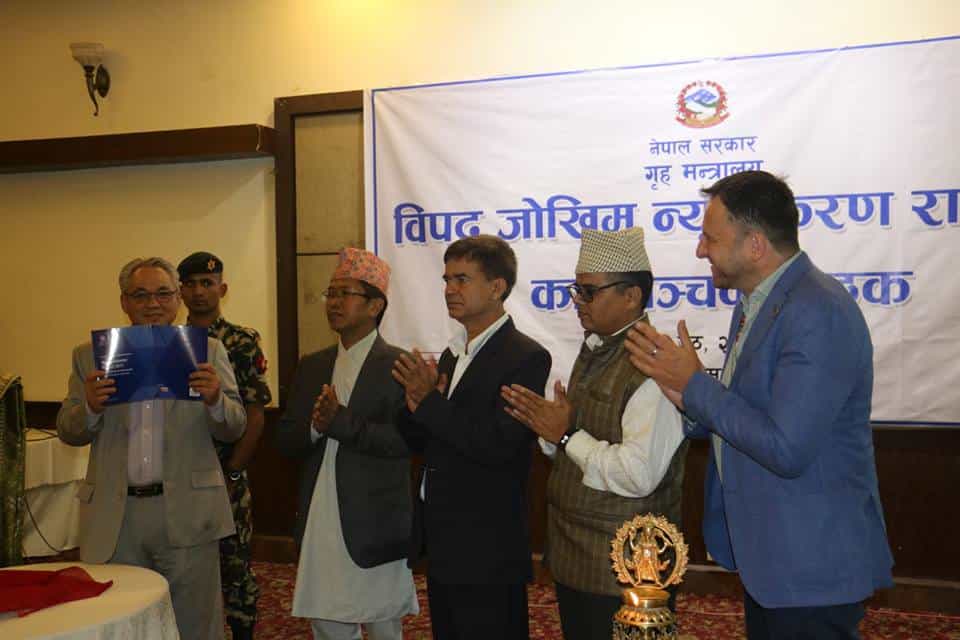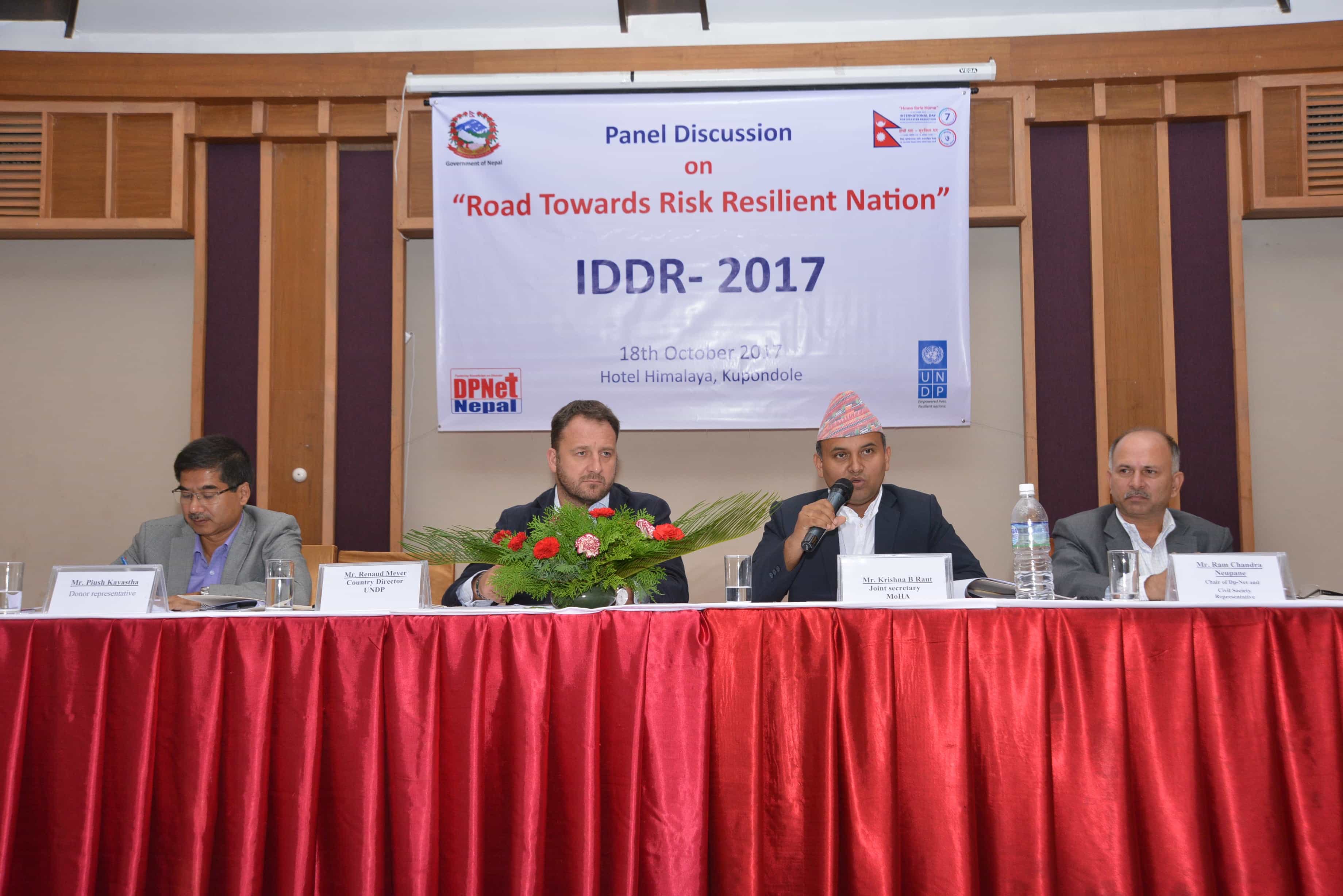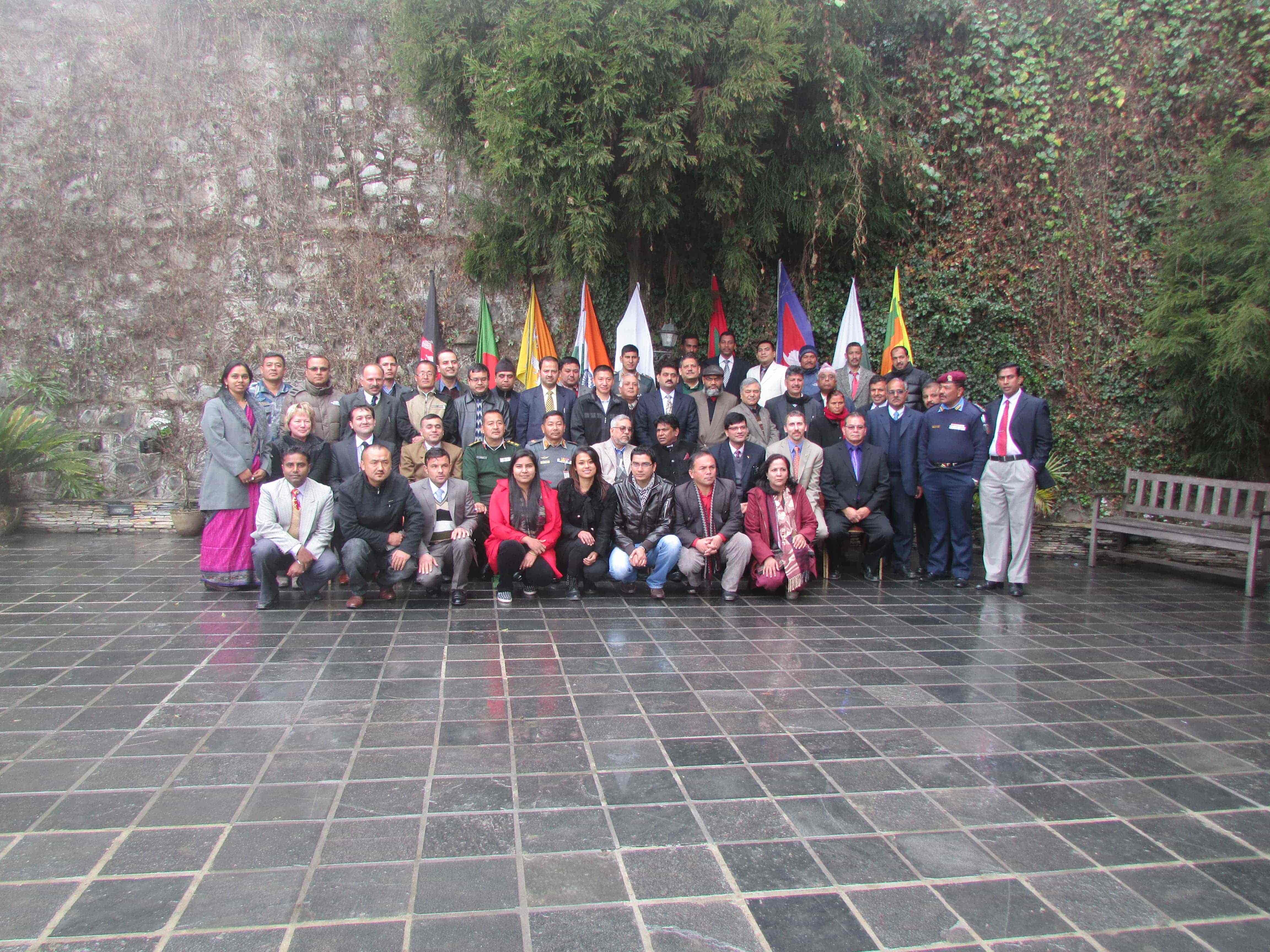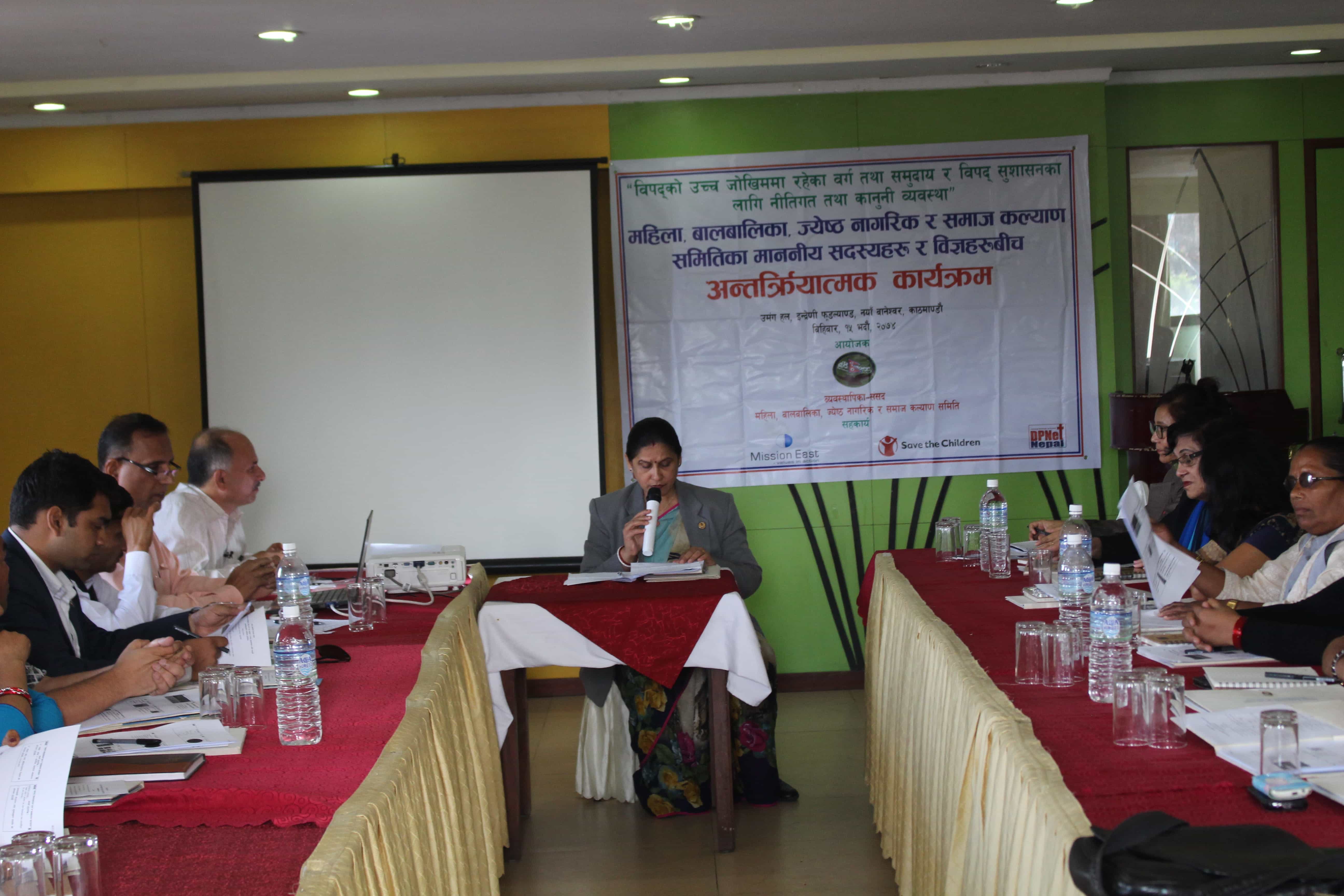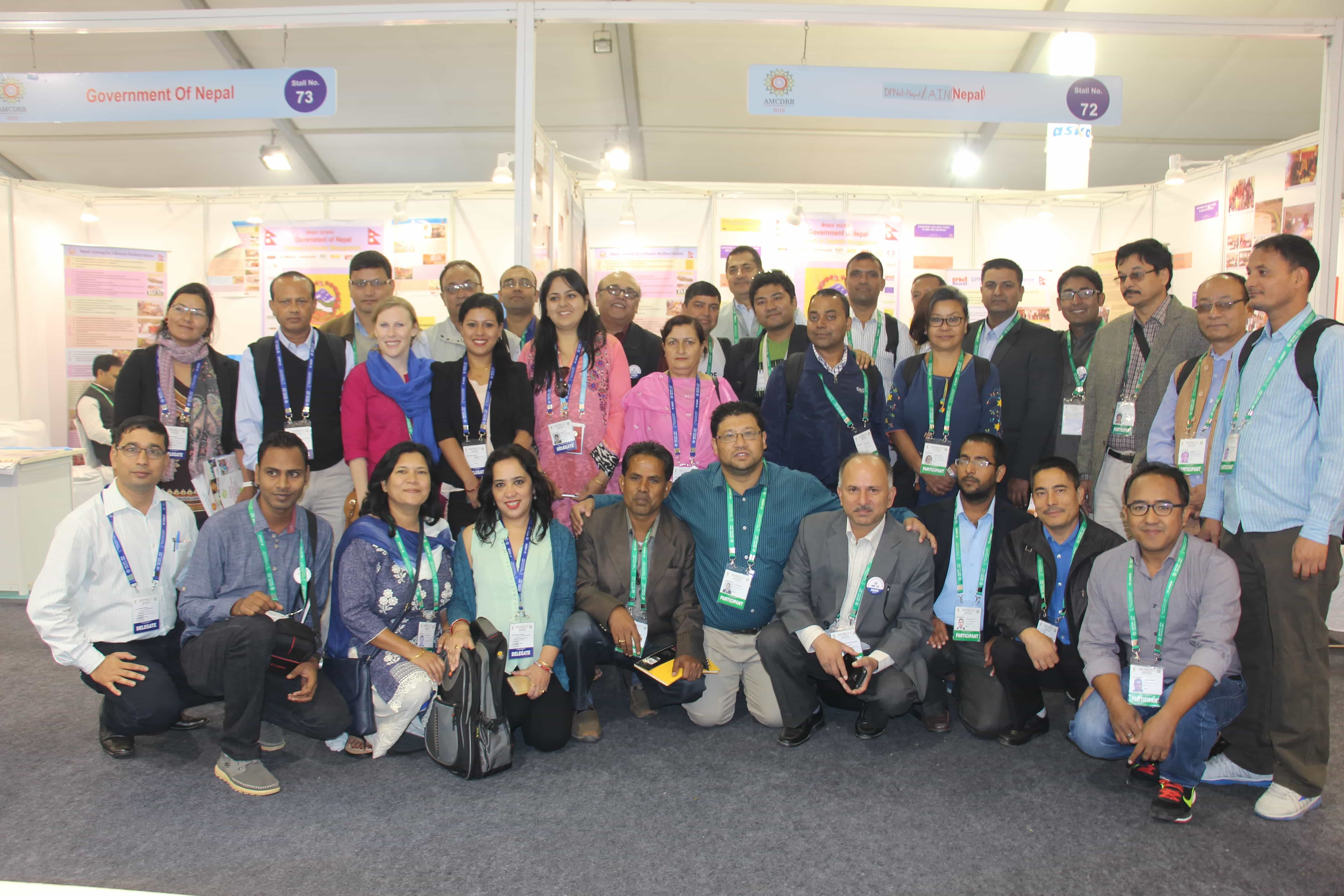DPNet convenes post Zen Z movement dialogue on heat and fire risk, recovery policy, and rapid assessments
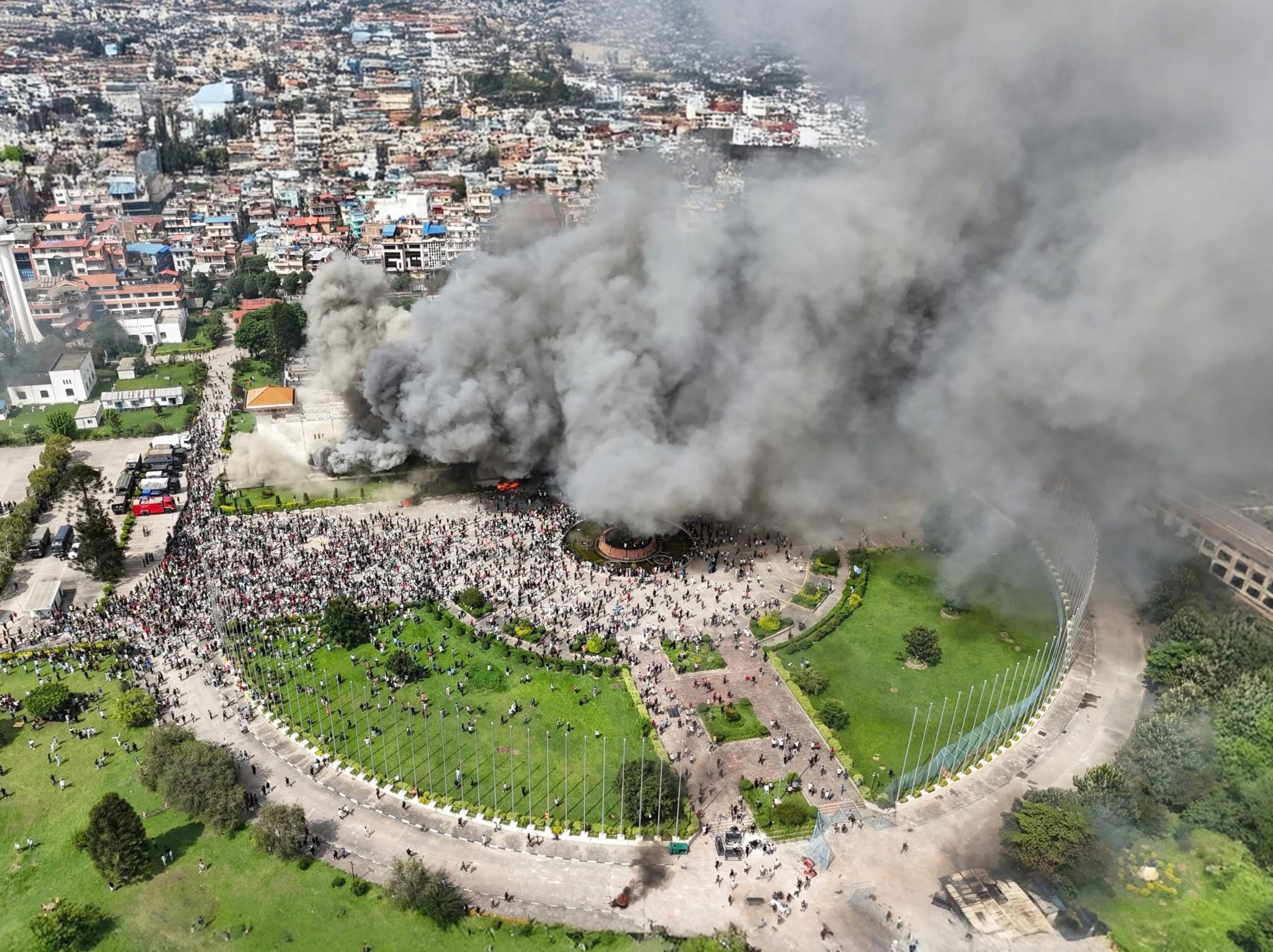
Kathmandu, Nepal, Oct 3 — In the wake of the recent Zen Z movement, DPNet organized a focused dialogue on heat and fire risk, post shock assessments, and recovery governance. The program was chaired by Dr. Raju Thapa, Chairperson and facilitated by Suraj Gautam, General Secretary of of DPNet. Participants included officials and experts linked to NDRRMA, MoUD, the National Planning Commission, engineers, heritage managers, and civil society representatives. The discussion centered on tightening technical standards, clarifying mandates, and speeding up field assessments without compromising safety.
Speakers noted that Nepal hasn't a standard assessment approach for fire and engineers need sensitization on heat impacts before conducting Detailed Damage Assessment. Immediate occupancy decisions should rely on Rapid Visual Assessment, described as a quick check to answer whether a structure is safe for temporary use. Several participants argued that frameworks for both RVA and DDA should be housed with the Ministry of Urban Development given its technical specialization, while NDRRMA could mobilize and coordinate assessments at scale.
Policy alignment emerged as a core gap. The former National Reconstruction Authority operated with 21 different policies during the earthquake recovery period, whereas NDRRMA currently has only a single recovery procedure. Attendees called for policy backup and institutional support to be evaluated, with specific attention to crisis and conflict related legislation that does not yet exist. The meeting framed this moment as an opportunity to map and close policy gaps across tiers of government.
On assessment and data, the National Planning Commission is leading the Post Disaster Needs Assessment, while the Nepal Engineers Association continues red, yellow, and green tagging of buildings. NDRRMA has formed a technical team for DDA, and is exploring an online form with checklists and guided questions that municipal technical personnel can use in the field. The aim is faster situational awareness and a consistent national picture of loss and damage.
Operational priorities featured prominently. Participants urged tarpaulin support for vulnerable rooftops and careful control of volunteer actions, noting reports of social activists painting houses without first assessing heat and fire impacts. Coordinating roles across agencies were emphasized, along with the need to gather reflections from all provinces following any local disaster. Psychosocial support and stronger community engagement were flagged as essential components of response and recovery.
Cultural heritage and public facilities received special attention. With a new Supreme Court complex under construction, one suggestion was to convert the existing Supreme Court building into a museum, subject to safety review. The Department of Archaeology was urged to relocate sensitive collections to safer locations when hazards escalate. Participants proposed creating virtual reality and 3D documentation to preserve at risk structures and to support future research on heat impacts.
Looking ahead, the dialogue stressed that Nepal is relatively new to understanding temperature functions on structural performance. Private housing and corporate facilities require clear guidance and a practical framework that engineers alocal governments can apply. Several speakers concluded that MoUD should do more on technical frameworks while NDRRMA focuses on coordination, especially as NDRRMA remains heavily engaged with Jajarkot earthquake reconstruction. The meeting closed with a shared call for coherent policy, clear mandates, rapid yet safe assessments, and community centered recovery planning.
